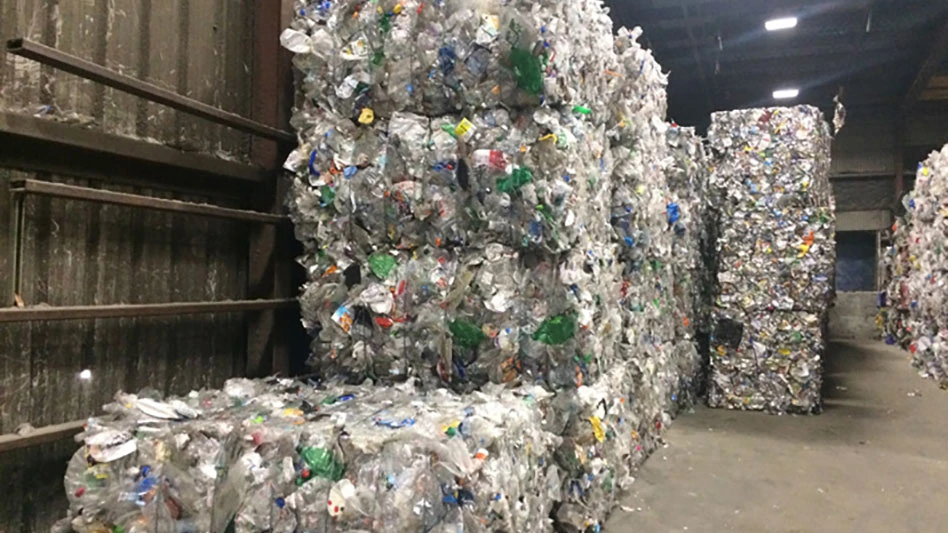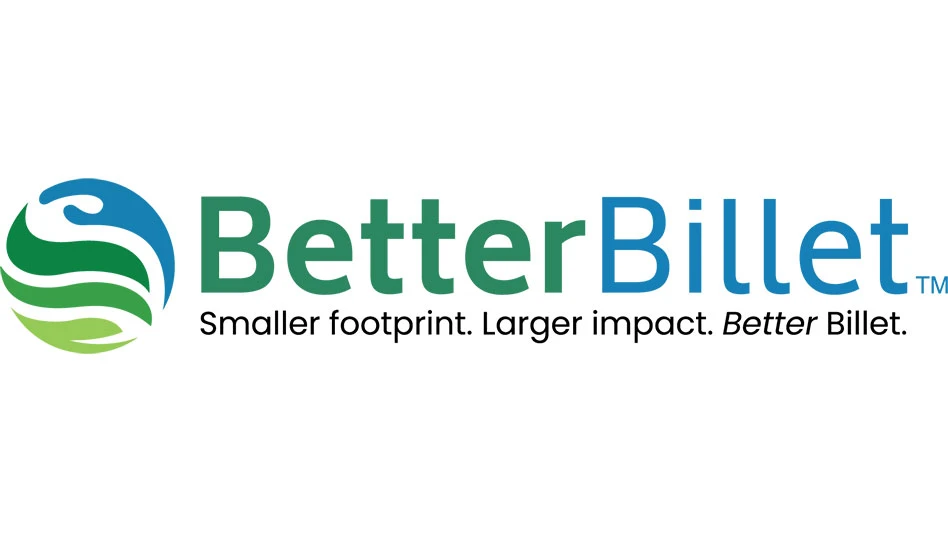Properly identifying metals and alloys has been a key task for scrap recyclers for as long as they have been preparing shipments for smelters, foundries and mills.
Metals recyclers have used a variety of techniques over the decades to identify and test inbound material to help ensure that it goes to the proper (and most profitable) melting destination.
As with so many aspects of life and business, advancing technology in the last several decades has created major changes in metals identification.
Jim Pasmore, currently a business development manager with Thermo Fisher Scientific, Niton Analyzers, has taken part in the evolution of metals identification at scrap yards for three decades as an employee with companies such as Columbia Scientific Industries, Outokumpu Electronics, Metorex and Niton.
In previous decades, visual inspection, the use of magnets, applying (or dipping into) acids, filing to produce different deflections and patterns and "arc/spark" tests were used. Pasmore describes the latter as using a grinding wheel at more than 25,000 rpm to produce sparks of different colors that are characteristic of different metals and alloys.
"Really good sorters combined all these techniques and combined them sequentially to develop combinations of say, density, magnetism and sparks to make their identifications," says Pasmore.
A somewhat hefty investment could allow a recycler to obtain an analyzing machine from companies like Kevex.
Kevex machines were widely used and trusted by recyclers who could afford them and had room for them. Other companies, such as Texas Nuclear, Columbia Scientific and the electronics division of Outokumpu, introduced analyzers in the late 1970s and into the following decades designed to allow mining firms, foundries and scrap recyclers to identify samples in more detail.
A key to providing that detail was X-ray fluorescence (XRF) multi-element technology, Pasmore says. Other advances included solid-state detection and finally portability and affordability via the handheld analyzer.
NOWAttendees of the 1998 Institute of Scrap Recycling Industries Inc. (ISRI) Convention & Exhibition in San Francisco gathered at the Niton booth in the exhibit hall that year to witness the company’s handheld unit at work.
Jim Pasmore says the analyzer used fundamental parameters, a robust calibration method, to offer detailed readings of a range of elements in a handheld unit. "That is what was needed by the scrap market," he states. "Using fundamental parameters in 1998, the Niton handheld opened up the scrap market. It offered point-and-shoot technology—you didn’t need a scientist on staff."
The crowds at the convention were an accurate predictor of the industry’s interest in the technology. "It was like a ripple in the ocean, but then a sea change—an order of magnitude change," recalls Pasmore. "We had to design whole new levels of production," he says of Niton when he joined the company in 1998.
Of recyclers watching demos, Pasmore says, "Until they saw it work on their metal, it meant nothing; as soon as they did see it work, it meant everything."
He adds, "Some were telling us these analyzers were paying for themselves in just one load of material. A West Coast recycler said he made about $1 million on upgrades annually with each analyzer."
The advances (and presumably the payoffs) have continued, with miniature X-ray tube technology having been phased in. And one of the initial weaknesses of the units—the inability to distinguish twin alloys such as stainless 304 and 321—has been addressed as well.
The speed of units also has increased, says Pasmore. "We can do today in one second what used to take us 30 seconds with older isotope-based analyzers," he says. "Speed is everything in the scrap yard—if you sort more materials faster, you make a lot more money."
Today, Thermo Fisher’s Niton brand is not alone in the market, as several companies offer handheld models. Pasmore is quick to credit not only today’s companies for providing useful tools for the market, but also the predecessor companies that laid the groundwork.

Explore the August 2008 Issue
Check out more from this issue and find your next story to read.
Latest from Recycling Today
- McClung-Logan Equipment Company joins Tana’s authorized dealer network
- Grede to close Alabama foundry
- Plastics Recycling Conference 2025: Working toward their targets
- SWACO rolls out new commercial recycling and food waste programming
- Updated: Matalco to close Canton, Ohio, plant
- Metso launches electric Anode Weighing and Casting Machine
- Circular by Shapiro releases '5 for Five' sustainability series
- Graphic Packaging set to close Ohio CRB facility





